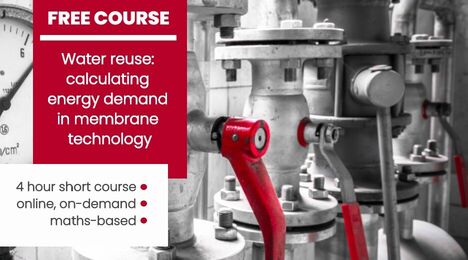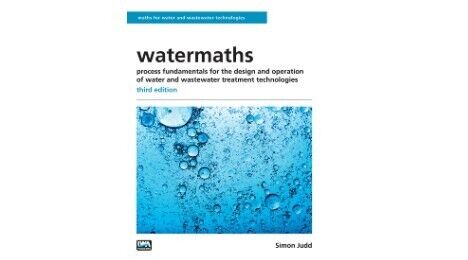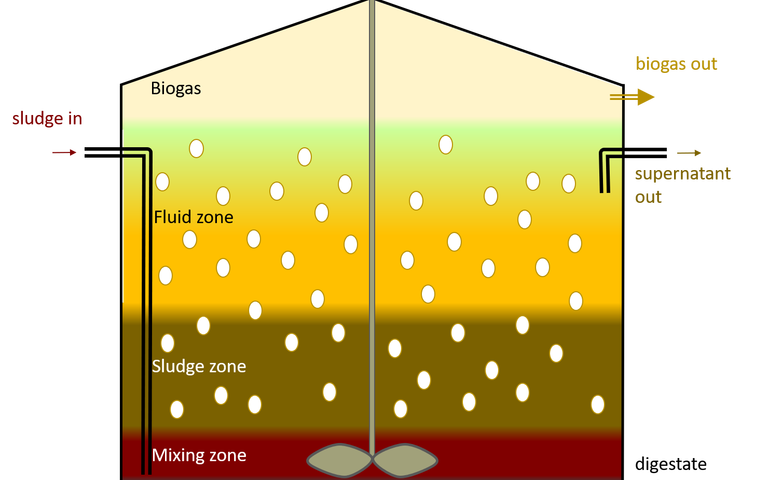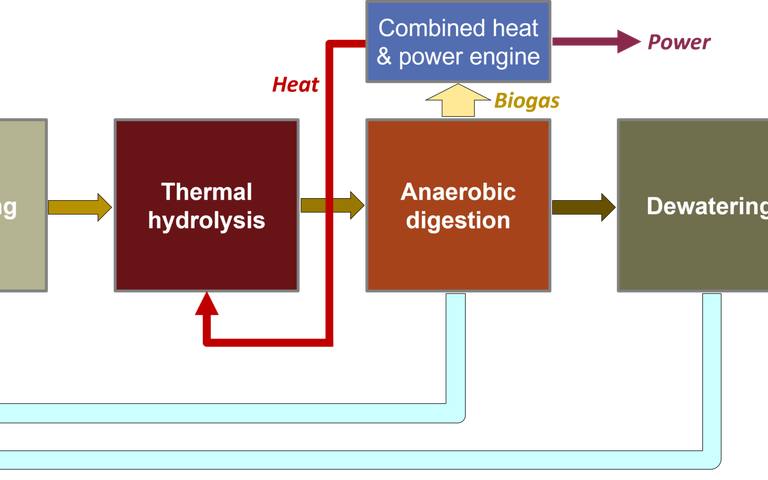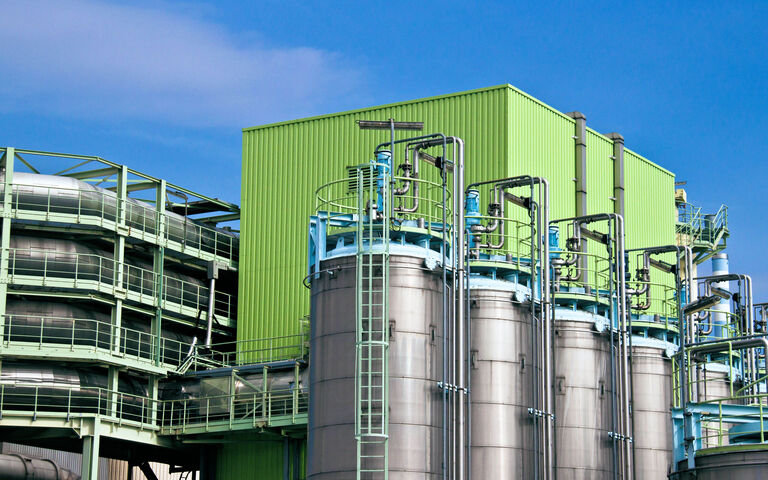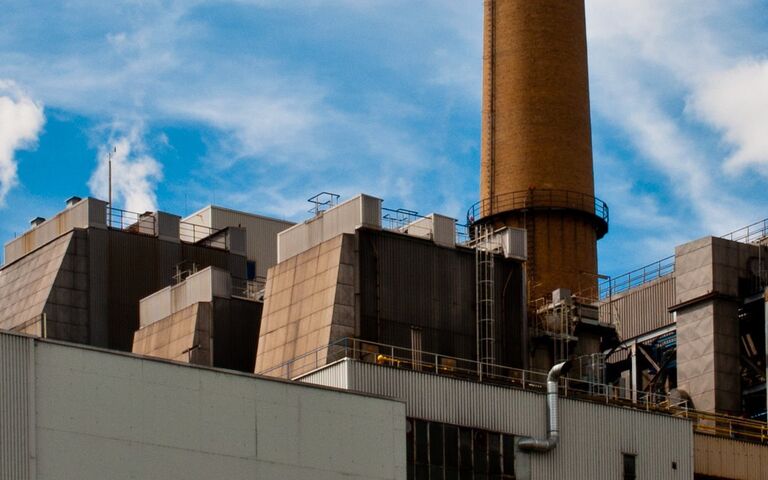Sludge treatment − pyrolysis

How pyrolysis works
Pyrolysis refers to the decomposition of organic matter at elevated temperatures in the absence of oxygen and under substantially dry conditions. The process employs temperatures between 300 and 1300 °C, depending on the process type and reactor configuration. The process usually operates at atmospheric pressures but can be operated at pressures of 0.1−0.2 bar (vacuum pyrolysis) or at positive pressures of 50−200 bar in a hydrogen atmosphere for the sub-class of hydro-pyrolysis. In all cases, oxygen-free conditions are maintained.
Example of biomass pyrolysis treatment scheme
Pyrolysis results in a biochar (charcoal-like) solid product, a bio-oil formed from ‘condensable’ volatile substances and ‘non-condensable’ gases which may include both carbon dioxide and methane. Pyrolysis operated under conditions selected to favour the biochar fraction is sometimes referred to as torrefaction, a process intended to generate a solid fuel product.
The process operating conditions are selected according to the desired product, and a wide range of modes of operation of the pyrolysis process are recognised:
- Slow pyrolysis − employs a low initial temperature (~300 °C) and a low heating rate of 10–30 °C/min over a period of 5−10 minutes. This mode of operation, also referred to as (dry) carbonisation − as distinct from hydrothermal carbonisation which takes place under wet conditions − favours the formation of biochar.
- Intermediate pyrolysis − conducted at temperatures between 500 and 650 °C at a heating rate of 30−300 °C/min, this mode of operation favours bio-oil production.
- Fast pyrolysis − employing very rapid heating rates and maximum temperatures of 1200 °C, also generates bio-oil as the main product fraction.
- Hydro-pyrolysis – this process is designed to produce a predominantly gaseous product.
The distribution of product phases is otherwise linked primarily to the sludge quality, with bio-oil and gas production increasing with the sludge volatile solids (VS) and moisture content.
A standard design for a pyrolysis process comprises a reactor, a cyclone for separation of the particulate solids from the flue gas stream, and a condenser to retain the liquid bio-oil fraction. An oxygen-free environment is maintained using nitrogen or some other inert gas. The sludge is usually fed as small (sub-3 mm), pre-dried granular solids.
Example of biomass pyrolysis treatment scheme (Jin Wang and Peter He, Biofuels Edu)
The gases generated by the pyrolysis reaction are either condensed to form the bio-oil fraction or, if non-condensable, either collected for export or used to heat the reactor. The reactor is usually configured as a fluidised bed, though the more unusual rotating cone reactor has been commercialised and the auger/screw reactors successfully demonstrated at large pilot scale.
Example of pyrolysis process for sewage sludge: the Eisenmann Pyrobuster®
There is increasing interest in the use of microwave heating as an alternative to conventional heating methods. Conventional heating can produce an uneven temperature distribution leading to the generation of products (such as light aromatic compounds and polyaromatic hydrocarbons) in the bio-oil fraction which make it more challenging to upgrade to a usable fuel. Conventional heating is also lower in energy efficiency than microwave heating, mainly due to the physical characteristics of the sludge. However, microwave heating remains higher in cost overall.

